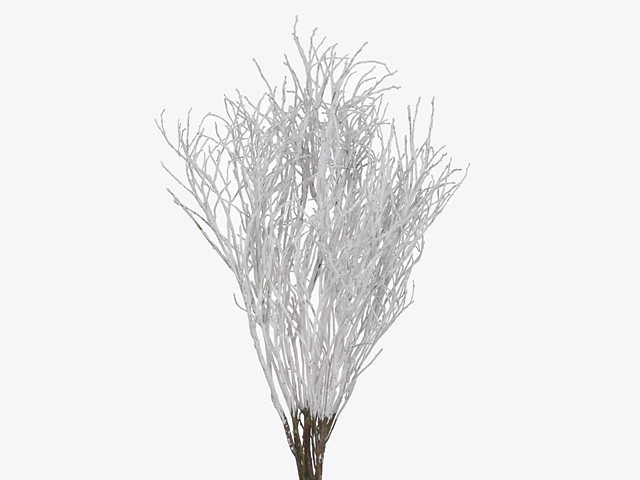Vaccinium colour treated H%

Vaccinium is a genus of flowering plants that includes several popular and flavorful berries such as bilberry, huckleberry, and blueberry. These berries are not only known for their delicious taste but also for their vibrant and attractive colors. In this article, we will explore the different ways in which Vaccinium berries are treated to enhance their color, making them even more appealing to consumers.
One of the key elements in the appearance of Vaccinium berries is their pigmentation. The natural pigments present in these berries give them their characteristic hues. However, the color intensity of these pigments can vary depending on the variety and growing conditions. To enhance the color of Vaccinium berries, various treatments are applied during cultivation or post-harvest.
One commonly used treatment is the application of specific fertilizers or growth regulators. These substances contain nutrients that boost the production of pigments in the berries, resulting in a more intense and vivid color. For example, increasing the availability of anthocyanins, which are the predominant pigments responsible for the red, blue, and purple colors in Vaccinium berries, can enhance their visual appeal.
In addition to fertilizers, growers also use techniques such as pruning and adequate irrigation to control the color development in Vaccinium berries. Pruning helps in optimizing sunlight exposure, allowing the berries to develop their natural pigments to the fullest. Proper irrigation ensures that the plants receive enough water for healthy growth, which also contributes to the development of vibrant colors.
Post-harvest treatments also play a significant role in preserving and enhancing the color of Vaccinium berries. These treatments include methods such as sorting, washing, and storage in controlled environments. Sorting ensures that only the berries with the desired color are selected for further processing or packaging. Washing eliminates any external contaminants that could affect the appearance of the berries. Controlled storage conditions, such as temperature and humidity, help to maintain the color integrity of the berries over time.
Beyond their visual appeal, the color of Vaccinium berries can also serve as an indicator of their nutritional value. Studies have shown that the intensity of color in these berries is correlated with their antioxidant content. Antioxidants are beneficial compounds that help protect the body against damage caused by free radicals. Therefore, berries with more intense colors are generally considered to have higher antioxidant levels, making them even more desirable for health-conscious consumers.
Vaccinium berries, whether they are bilberries, huckleberries, or blueberries, are treasured for their taste, nutritional benefits, and now, their enhanced colors. Through various treatments and techniques, growers and producers are able to optimize the pigmentation of these berries, making them visually appealing while also preserving their natural goodness. So, the next time you enjoy a bowl of these vibrant Vaccinium berries, remember the efforts that have gone into perfecting their color for your enjoyment.
Market availability index by month:
| Jan. | Feb. | Mar. | Apr. | May | Jun. | Jul. | Aug. | Sep. | Oct. | Nov. | Dec. |
|---|---|---|---|---|---|---|---|---|---|---|---|
| 1 | 2 | 1 | 1 | 1 | 1 | - | - | 1 | 1 | 3 | 4 |